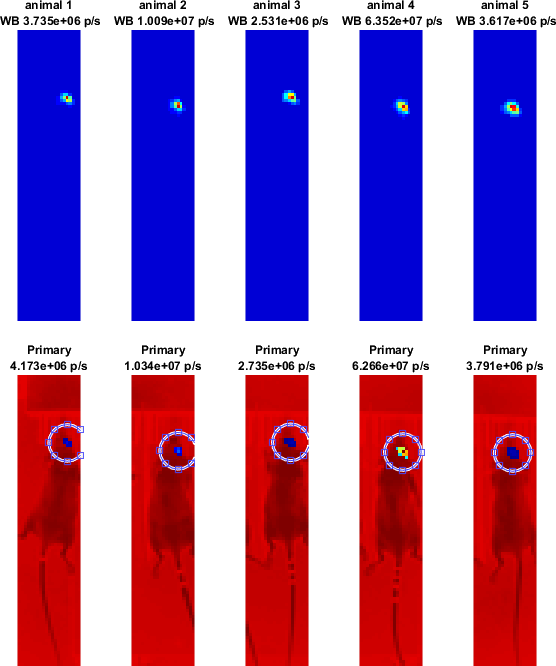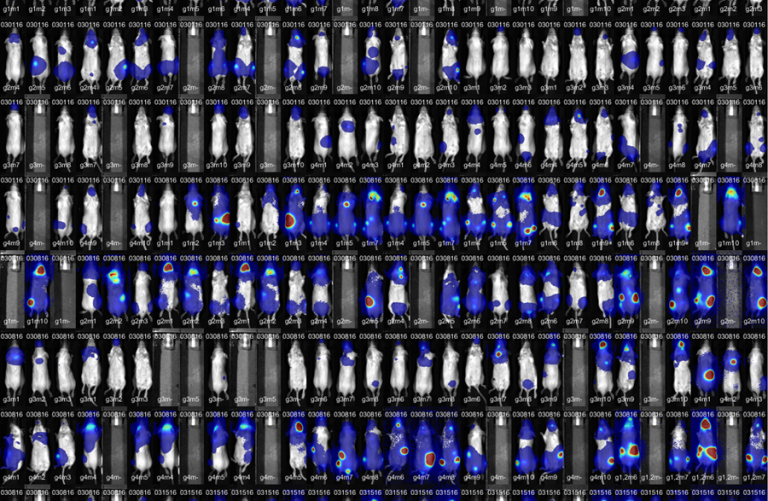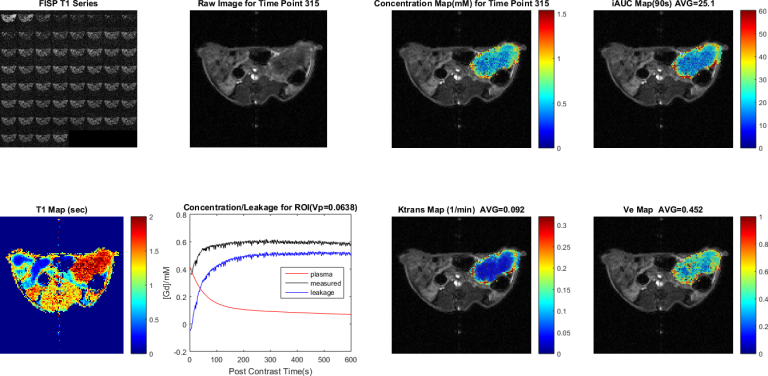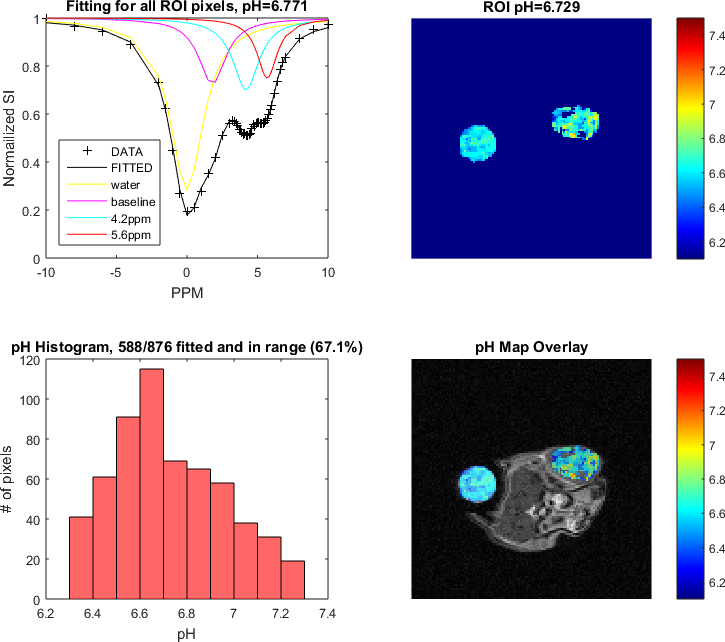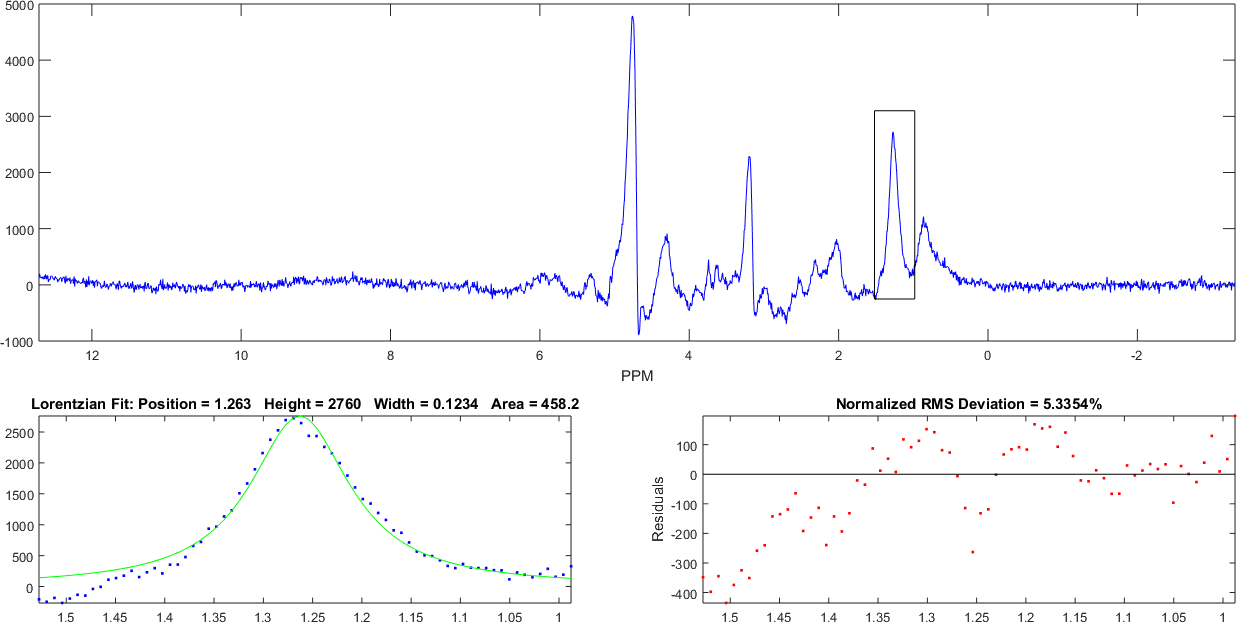We do not deliver just images and numbers—we also offer scientific solutions using imaging to address a customer’s business needs. We feel the development of an image analysis protocol is thus equally important as development of an imaging method; as it dictates the data deliverables for customers. With smart design, an image analysis protocol allows us to fully exploit the capability of the imaging system and in turn, our customers receive more meaningful information from their study to help them make informed decisions. To that end, we have invested in the development of the following in-house tools to increase automation of image analysis.
Our Tumor Image Analysis Applications include:
Fully Automatic, High-throughput Signal Analyzer with Multiple Disease Model Support
Automation of image analysis does not just boost our throughput; it substantially increases the accuracy of analysis since human bias is eliminated. Both are showcased in our fully automated BLI data analysis using our BLIZZARDTM tool. Users only need to specify a folder containing raw data to be analyzed, and BLIZZARDTM automatically identifies and analyzes it, performs whole-body signal and/or localized signal based on the tumor model, then writes results with subject information into an Excel data sheet. Analysis of hundreds of subjects only takes a few minutes. No manual creation of region of interest (ROI) over signal is needed, greatly reducing analysis time. The human side of BLIZZARDTM offers a result inspection view for quality assurance, and a representative image feature enabling a user to quickly export results across different time-points in a study on a global scale for review and comparison purposes. Since its release, BLIZZARDTM has made our already successful BLI imaging service even more compelling.
Fully Automated BLI Flux Analysis of Whole-body and Primary Tumor Using Blizzard™

